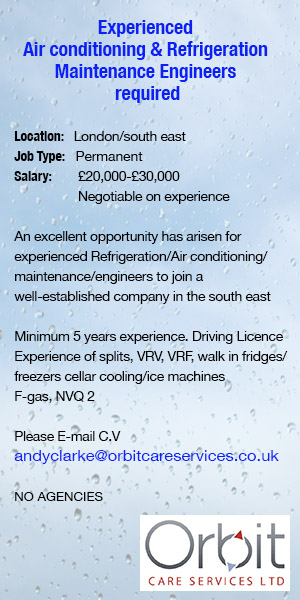SAE challenges 1234yf fire tests
19th February 2014
BRUSSELS: The automotive engineers body SAE International has challenged claims by the German environmental group DUH that R1234yf produces dangerous levels of toxic hydrogen fluoride (HF).
The claims were made after the DUH commissioned tests to check the concentrations of HF in an enclosed space such as underground garages or road tunnels in the event of a fire (R1234yf safety argument escalates – Cooling Post January 22, 2014) .
In a presentation before the European Commission working group involved with the safety aspects of the use of refrigerant 1234yf on MAC systems, the SAE maintained that the DUH tests did not show 1234yf to be more dangerous than previously thought and that they provided no new information.
 The SAE maintains that the DUH tests showed that the amount of HF generated in the event of a fire is relatively low. The DUH fire tests in an enclosed environment produced a peak of around 43ppm. “These are not HF concentrations that will produce serious irreversible damage for short-term, non-recurring exposures,” it argues. It cites previous studies which showed that exposures to HF concentrations ranging from 14 to 27ppm intermittently for a period of five years produced no adverse effects.
The SAE maintains that the DUH tests showed that the amount of HF generated in the event of a fire is relatively low. The DUH fire tests in an enclosed environment produced a peak of around 43ppm. “These are not HF concentrations that will produce serious irreversible damage for short-term, non-recurring exposures,” it argues. It cites previous studies which showed that exposures to HF concentrations ranging from 14 to 27ppm intermittently for a period of five years produced no adverse effects.
The SAE also criticises the DUH for not carrying out tests with or without R134a, pointing out that HF is already produced in vehicle fires from R134a and from other fluorine containing car components such as seals, wiring harnesses and hoses. In addition, studies of vehicle fires indicate that other fire byproducts, like carbon monoxide, hydrogen cyanide, dioxins, benzene and formaldehyde, will be more significant than exposure to any HF produced. The SAE also points out that many of these do not have the warning property of HF which is an irritant at concentrations below 5ppm.
Temperatures in the engine compartment during a vehicle fire will be well above 1,000°C, maintains the SAE, and such temperatures are enough to cause decomposition of both R1234yf and R134a. It points to previous experimental work that found that R134a and R1234yf produce similar amounts of HF in a complete combustion situation.
Contrary to claims by the DUH that R134a would not ignite at the sub-900ºC temperatures that its test was carried out at, the SAE claims that HF production tests carried out by the German motor transport authority, the KBA, in an engine compartment at 700°C produced 3.57ppm with R1234yf and 3.12ppm with R134a.
As to being a danger to firefighters, the SAE maintains that they are already exposed to HF while extinguishing building fires, so they already manage the issue. The DUH measurements were also taken downwind of the fire, says the SAE, when firefighters position themselves upwind of fires to minimise exposures
“After 60+ years of using R12 and R134a, there has been no identified risk of adverse effects attributable to HF from fluorinated refrigerants in vehicle fires,” says the SAE.







